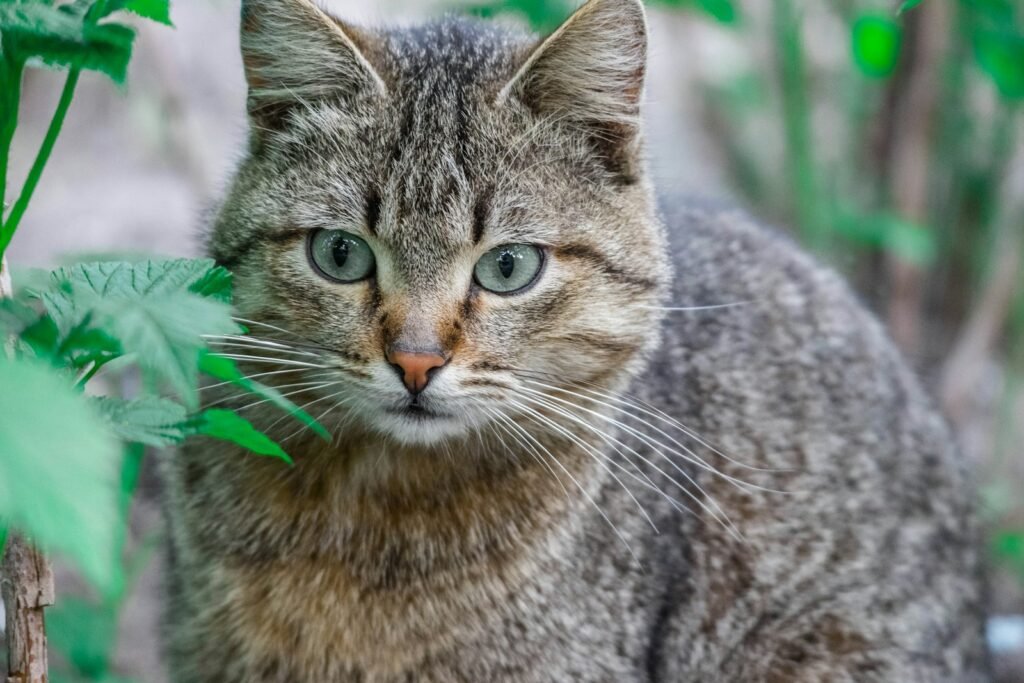Cats have long fascinated humans with their mysterious and graceful movements. Central to their ability to move effortlessly through their environment is a remarkable feature that often goes unnoticed: their whiskers. These delicate and sensitive structures play a crucial role in helping cats understand and navigate the world around them.
Anatomy of a Whisker

Whiskers, scientifically known as vibrissae, are much more than just long hairs. They are deeply embedded into a cat’s skin and are surrounded by a rich supply of nerves and blood vessels. Unlike regular fur, whiskers are thick, deeply rooted, and can grow about two to three times thicker than a strand of the cat’s fur.
Types of Whiskers

Cats possess two main types of whiskers: mystacial (those found on the muzzle) and superciliary (above the eyes). Other, less visible, types include those on the chin and behind the legs, each contributing to the cat’s ability to gather information from their environment.
The Role of Whiskers in Spatial Awareness

Whiskers are extremely sensitive to touch and can detect even subtle changes in the environment. They help cats judge the width of openings and determine if they can fit through tight spaces. This sensitivity makes them vital for maintaining spatial awareness, especially in low-light environments.
Whiskers and Sensory Input

Each whisker acts as a complex sensory organ. When a whisker comes into contact with an object, it vibrates and stimulates the sensory cells in the follicle, sending signals to the brain. This process allows cats to detect even minute changes in their surroundings and respond accordingly.
Key Experiments and Studies

Scientific studies have shown that when a cat loses its whiskers, it can become disoriented and less adept at moving around. Experiments have demonstrated that whiskers provide vital feedback to the brain, illustrating their importance in a cat’s ability to interact with the world.
Navigation in the Dark

Cats are known for their hunting skills, often in low-light or dark environments. Whiskers play an instrumental role in assisting with navigation in such conditions. By detecting changes in airflow and nearby objects, cats can move stealthily and effectively even when visibility is compromised.
Communicative Whiskers

Beyond navigation, whiskers can also communicate a cat’s mood. When a cat is curious or intrigued, its whiskers will point forward. Conversely, when a cat feels threatened or defensive, its whiskers might retract or lay back. This makes whiskers an important non-verbal communication tool for cats.
The Aid in Hunting and Balance

A cat’s whiskers are essential for hunting. As they approach their prey, a cat uses its whiskers to detect the position and movement of its target. Additionally, they assist with balance, providing sensory input that helps cats make precise and agile movements, whether they are making a leap or negotiating uneven terrain.
Caring for Your Cat’s Whiskers

Given their importance, it is crucial not to trim or cut a cat’s whiskers. Doing so can impair their ability to navigate and lead to stress or confusion. Providing an environment where whiskers can remain undisturbed is essential for your cat’s overall well-being.
Whiskers: A Window into the Feline World

Whiskers are one of the most astonishing adaptations in the animal kingdom, providing cats with a unique advantage in understanding and interacting with their environment. By appreciating the role of whiskers, cat owners and enthusiasts can gain deeper insight into the mysterious and captivating world of felines.

Growing up traveling and experiencing new cultures and wonders, I have had a passion for nature, adventuring, photography, and videography. I am currently working towards a BSc in Biodiversity and Ecology at Stellenbosch University, and I hope to specialise in Marine Sciences one day.
Please send any feedback to Feedback@animalsaroundtheglobe.com






